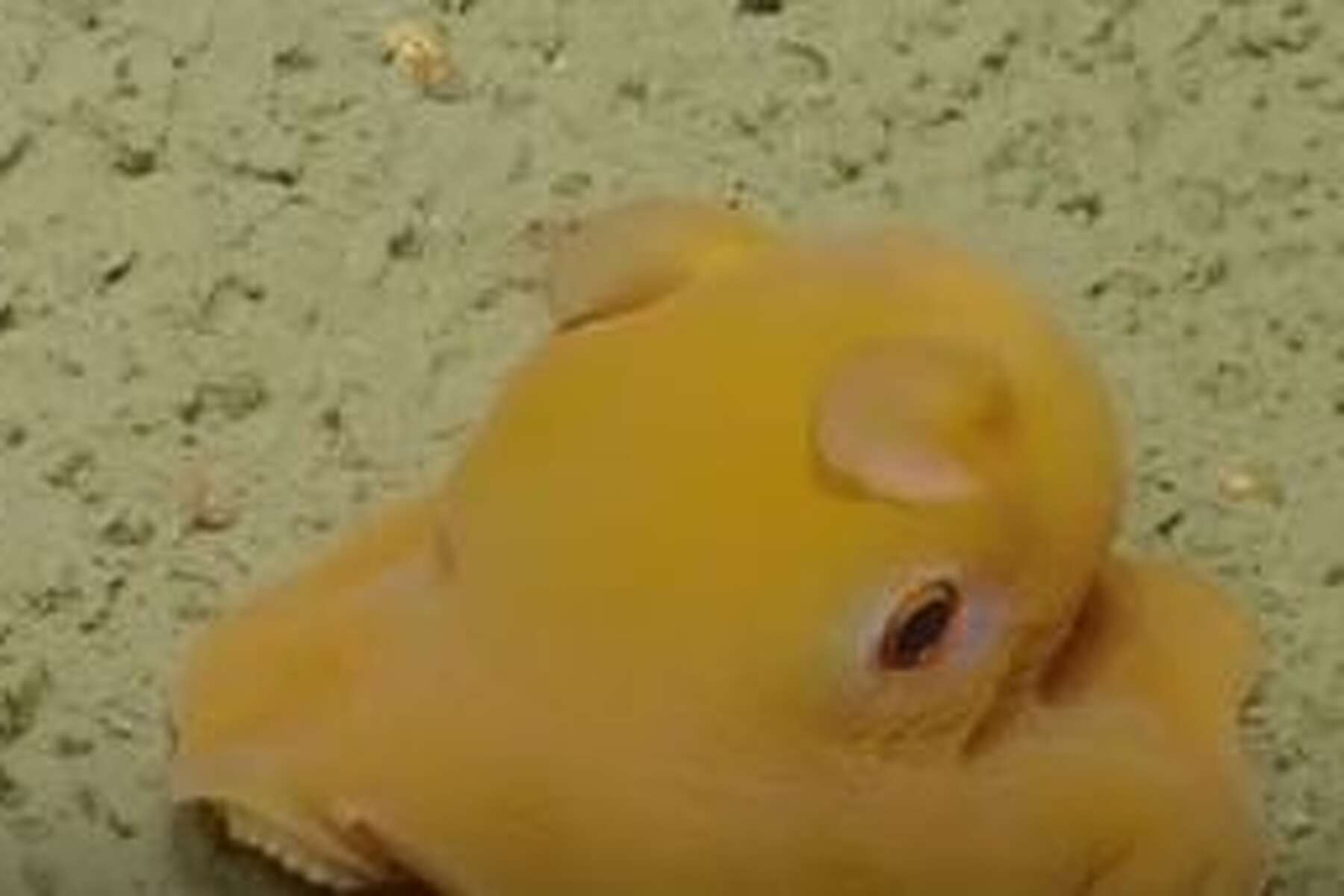
Therefore, the deep sea habitat makes it difficult to evaluate the dumbo octopus population and determine its conservation status. The deep ocean remains largely unexplored, and the dumbo octopus is considered a relatively elusive animal. Rows of cirri, which act as little tentacles in the mouth, also help the dumbo octopus eat its prey. Unlike the mouths of other octopuses that grind and rip food, the mouth of the dumbo octopus has a degenerated radula to accommodate prey whole. Preferred sources of food include bristle worms, amphipods, and isopods.


The dumbo octopus is a carnivore and feeds by pouncing on and swallowing prey whole. The dumbo octopus hunts by crawling along the ocean floor or catching prey in open water, but rarely chases after prey in order to conserve energy. The two fins on its head enable slow movement, while bursts of speed can be achieved by quick contractions of its tentacles. The dumbo octopus is buoyant and can be observed floating freely in the water. The dumbo octopus prefers to live at a depth of about 13,000 feet, but some have been observed at depths as great as 23,000 feet. The dumbo octopus is the rarest of the octopuses, although significant populations exist in the waters near Papua New Guinea, Australia, New Zealand, the Philippines, Oregon, Monterey Bay, Azores, and Martha’s Vineyard. Humans can only access such conditions in robotic vehicles. The dumbo octopus inhabits the deep open ocean, where temperatures are low, pressure is high, and food is scarce. Like other octopuses, the dumbo octopus has eight tentacles but lacks an ink sac to defend against attackers. Dumbo octopuses vary in shape, size, and color, which can include pink, red, brown, and white. The thirteen species of dumbo octopuses have distinctive features but share the umbrella shape and large fins. The octopus can detect light and darkness, but cannot form images because its eyes lack lenses and have reduced retinas. The distinctive feature of the dumbo octopus is the large fin on each side of its head that resembles elephant ears. The octopus has an average lifespan of between 3 and 5 years. The average size of a dumbo octopus ranges between 7.9 and 12 inches in length, although the largest dumbo octopus ever recorded was 5.9 feet long. The name "dumbo" originates from its resemblance to the character in Disney’s 1941 film, Dumbo.

Scientifically named Grimpoteuthis, the dumbo octopus is a genus of pelagic umbrella octopuses that inhabits the deep oceans.


 0 kommentar(er)
0 kommentar(er)
